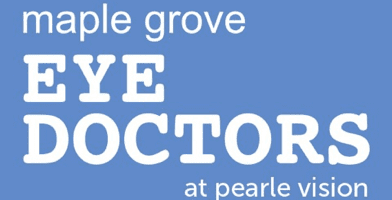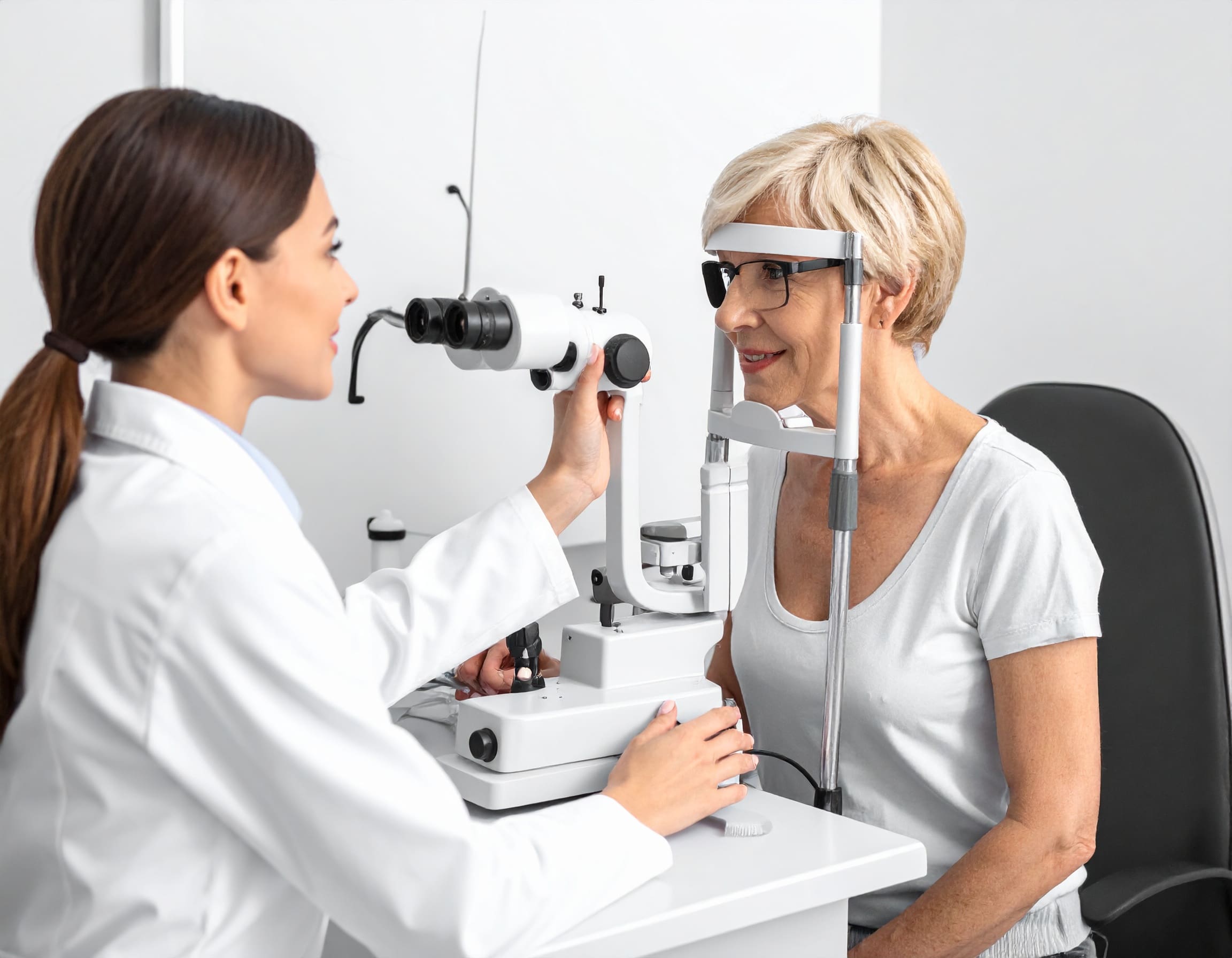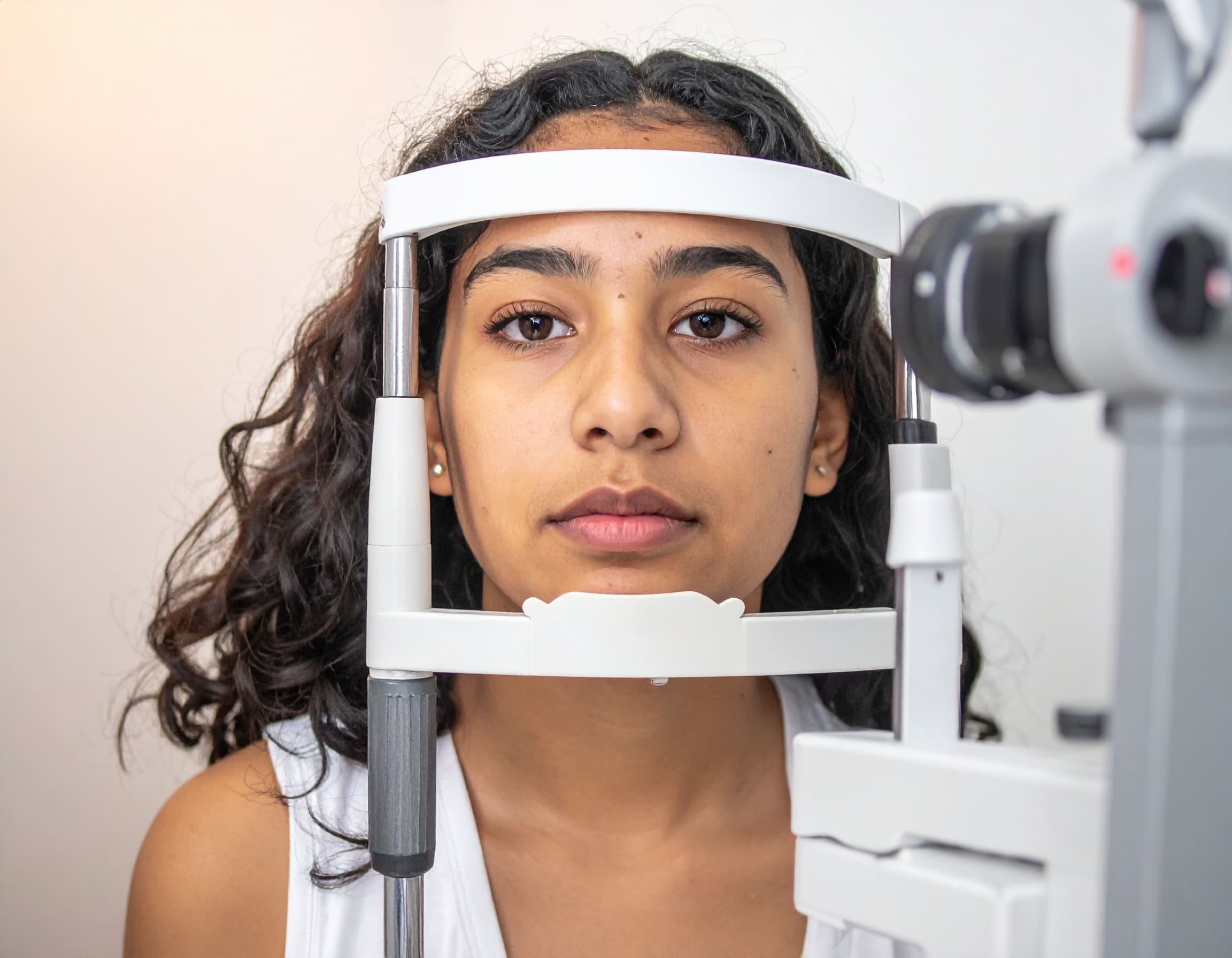How vision changes as you age.
 Your eyes change as you age. Some problems become more common as you get older, although they can affect anyone at any age.
Your eyes change as you age. Some problems become more common as you get older, although they can affect anyone at any age.
Presbyopia is when you can’t see close objects or small print clearly. It’s a normal process that happens slowly over your lifetime. You may not notice any change until around age 40. It’s easy to correct with reading glasses and/or contacts.
Floaters are tiny spots or specks that drift across your field of vision. You’ll probably notice them in well-lit rooms or outdoors on a bright day. They’re mostly normal, but they can signal a more serious eye problem, especially if their onset is sudden and dramatic. If you see them along with flashes of light, your retina might be detached from the back of your eye. If you notice a sudden change in the type or number of spots or flashes you see, visit your eye doctor as soon as you can.
Dry eyes happen when your tear glands can’t make enough tears or produce low-quality tears. Your eyes might itch, burn, or turn red. It’s rare, but if you don’t take care of it, you could lose some vision. Your eye doctor may suggest a humidifier in your home or special eye drops that simulate tears. Doctors treat severe cases with tear duct plugs, prescription eye drops, or surgery.
Tearing, when your eyes make too many tears, can happen if you’re sensitive to light, wind, or temperature changes. Shield your eyes and wear sunglasses. If that doesn’t help, you may have a more serious problem, like an eye infection or blocked tear duct. Our eye doctor scan treat both.
Cataracts are cloudy areas that cover all or part of the lens of your eye. In a healthy eye, the lens is clear like a camera lens; light passes right through it and hits tissue at the back of your eye. That’s the retina, and it processes images. Cataracts block the lens and make it hard for you to see. They often form slowly, without pain, redness, or tearing. Some stay small and don’t affect your sight. If they cause problems, an eye surgeon can remove them with surgery and replace your lens with an artificial version.

Despite some age-related vision changes that are inevitable, you may be able to keep your eyes healthy for a lifetime.
Other age-related eye changes
While we often think of aging as it relates to conditions such as presbyopia and cataracts, more subtle changes in our vision and eye structures also take place as we grow older.
These changes include:
Reduced pupil size
As we age, muscles that control our pupil size and reaction to light lose some strength. This causes the pupil to become smaller and less responsive to changes in ambient lighting.
Because of these changes, people in their 60s need three times more ambient light for comfortable reading than those in their 20s.
Also, seniors are more likely to be dazzled by bright sunlight and glare when emerging from a dimly lit building such as a movie theater. Eyeglasses with photochromic lenses and anti-reflective coating can help reduce this problem.

As we age, we naturally lose some of the visual abilities we had when we were younger.
Loss of peripheral vision
Aging also causes a normal loss of peripheral vision, with the size of our visual field decreasing by approximately one to three degrees per decade of life. By the time you reach your 70s and 80s, you may have a peripheral visual field loss of 20 to 30 degrees.
Because the loss of visual field increases the risk for automobile accidents, make sure you are more cautious when driving. To increase your range of vision, turn your head and look both ways when approaching intersections.
Decreased color vision
Cells in the retina that are responsible for normal color vision decline in sensitivity as we age, causing colors to become less bright and the contrast between different colors to be less noticeable.
In particular, blue colors may appear faded or “washed out.” While there often is no treatment for this normal, age-related loss of color perception, you should be aware of this loss if your profession (e.g. artist, seamstress or electrician) requires fine color discrimination. However, if your fading color vision is also due to cataracts, much of the loss can be restored with cataract surgery.
More serious age related changes in vision include:
Macular degeneration
Also called age-related macular degeneration or AMD, macular degeneration is a leading cause of blindness among seniors. According to the National Eye Institute (NEI), more than two million Americans currently have age-related macular degeneration. And due to the aging of the U.S. population, that number is expected to more than double to 5.4 million by 2050.
Glaucoma
Your risk of developing glaucoma increases with each decade after age 40, from around 1 percent in your 40s to up to 12 percent in your 80s.
Diabetic retinopathy
More than 10 million Americans over age 40 are known to have diabetes. Among known diabetics over age 40, NEI estimates that 40 percent have some degree of diabetic retinopathy that could lead to permanent vision loss.






